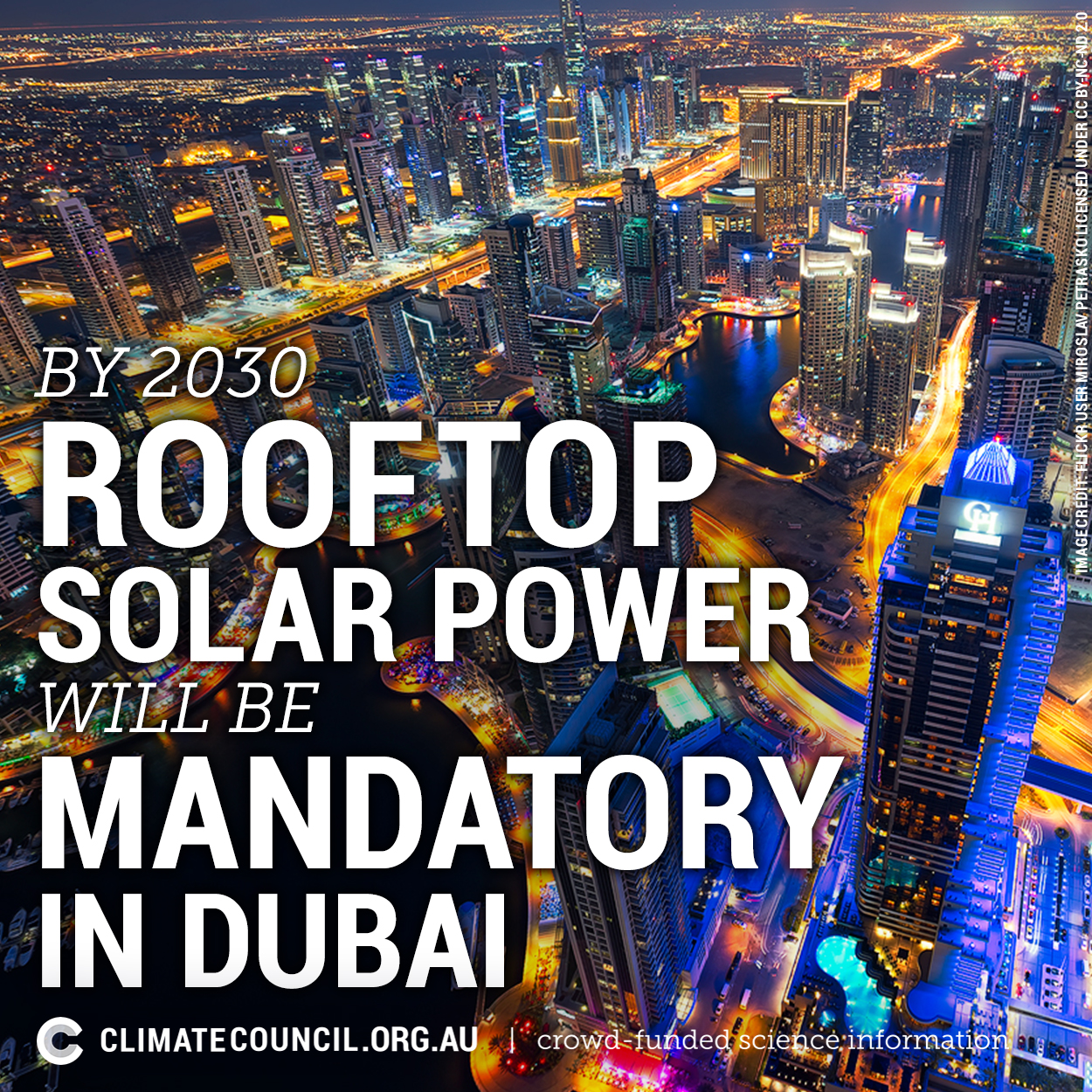Today the Paris Climate Agreement comes into force – with 85 countries ratifying the historic deal, representing over 55% of global emissions.
It’s a huge step forward in global climate action, and a cause for celebration!
But while the rest of the world surges ahead on tackling climate change…
Australia is snoozing and losing.

We still hasn’t ratified the agreement, despite being one of the highest per capita emitters in the world, and among the top 20 emitters overall.
In fact, we really haven’t made much progress at all since Paris – as you can see in our new Climate Action Time Warp Tool.
But let’s get back to the good news. Here are 10 countries that have been pro-active in ratifying the Paris Agreement, and have pushed it into operational status as of today!
China

When the world’s two biggest carbon emitters ratified the Paris Climate Agreement together, it was kind of a huge deal. China and the US ratified in a joint statement, collectively totally 38% of global emissions. China has pledged to cap their total emissions limits by 2030, reducing the carbon intensity of economic output by 60-65%, with 20% non-fossil fuel energy, and forest stock by 4-5 billion cubic metres!
USA

The United States is the world’s second largest producer of GHGs. The country has pledged a reduction of 26-28% on 2005 levels, and aims to reach its targets by placing restrictions on power producers’ emissions levels, while offering incentives to renewable energy producers.
India

The fourth largest emitter of GHGs ratified the Paris Agreement last month, on Mahatma Gandhi’s birthday. The government has pledged to reduce the emissions intensity of their economic output by 33-35% by 2030, on 2005 levels with 40% non-fossil fuel based power, an ambitious pledge in the coming decades where hundreds of millions will access energy for the first time.
European Union

Ratification last month by the EU, representing around 12% of global emissions, pushed the agreement past the 55% threshold to become operational. EU negotiators were among leaders in the “high ambition coalition”, a pact formed 6 months ahead of the Paris negotiations to spur more ambitious change. The parliament has a formal, binding target of a 40% reduction in emissions by 2030 on 1990 levels.
Brazil

Latin America’s biggest emitter, Brazil, has been an early and active part of the ratification process. Brazil intends to reduce its GHG intensity by 37% by 2025 on 2005 levels, with a further attempt to reach a 43% reduction. Significant emissions reductions have already been achieved in the country through reforestation efforts in the Amazon, hydropower and other renewable energies.
Canada

Canada has pledged a 30% drop in emissions by 2030 on 2005 level. Along with ratifying Canada’s portion of the agreement, the government has announced a national price on carbon, at C$10 per ton, rising $10 each year until 2022, when it will be reviewed. This is an extension of different carbon pricing programs in four of Canada’s most populous provinces.
Mexico

Mexico is the 13th largest emitter in the world. Mexico has pledged a 36% reduction of GHGs by 2030, by increasing their mix of renewable energy and stopping deforestation by 2030. Conditional on some international support, the government has signalled an ambition of making a 40% reduction.
United Arab Emirates

The UAE is the first Middle Eastern country to ratify the Paris agreement. The UAE’s pledges involve a 24% mix of non-fossil fuel energy production by 2021, a fast but small contribution for a large oil producer. Efforts to increase renewable energy, water efficiency, sequester carbon, and achieve an economic diversification away from oil will contribute to the country’s targets.
Morocco

Ahead of the next UN climate change conference in Marrakesh next week, Morocco has ratified the Paris agreement. With some international assistance, Morocco has pledged to reduce their emissions by 32% by 2030, and to stop any emission growth along with 42% renewable energy by 2020
New Zealand

Even our neighbours across the ditch have ratified the Paris Agreement, pledging a 30% reduction of GHGs by from 2005 levels. And they’re killing it on renewable energy too, as you can see in our latest video.
So what about Australia?
Australia’s former Environment Minister signed the agreement in April, but it is yet to be approved by Parliament.
As one of the sunniest and windiest countries in the world, we can be at the forefront of the renewables revolution. But while local leaders in communities, cities and states all over Australia are stepping up to the challenge – on a national front we’re lagging behind, while the rest of the world surges ahead.
World leaders will meet in Morocco next week for the first time since Paris. It’s a critical opportunity for Australia to strengthen our climate commitments on the world stage.